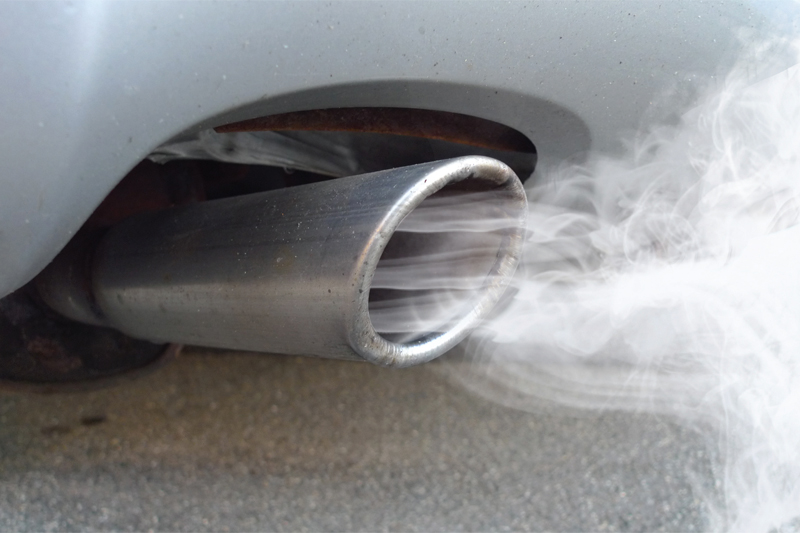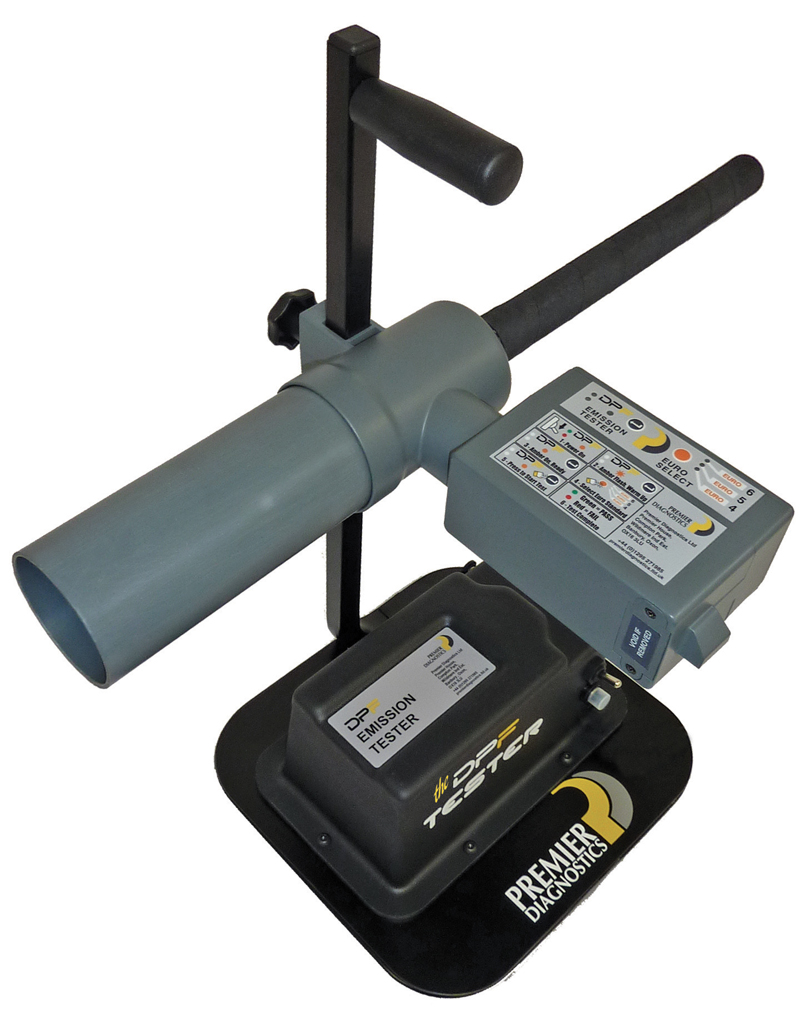
Premier Diagnostics highlights the current problems surrounding the DPF, and the workable steps available to reduce Particulate Matter in the air resulting from in-service diesel vehicle emissions.
The Diesel Particulate Filter (DPF) was mandated by EURO standards from Euro 5, or 2009, onwards to filter out the Particulate Matter (PM) generated by diesel engines. PM has been classed as carcinogenic by the World Health Organisation (WHO) since 2015, and it is linked to many serious health conditions if allowed to exceed strict limits.
In response, vehicle manufacturers (VMs) have advanced the design of diesel engines to reduce PM emissions in order to avoid over-loading the DPF and, in doing so, the particles have become smaller. They are then ‘caught’ by the DPF, ‘regenerated’, and turned into harmless CO2 and water when ‘burned off’. This is why a vehicle with a working DPF will emit less PM in an idle state compared to background PM in the air.
The trade off with ‘regeneration’ of PM is the ‘generation’ of NOx. Whilst NOx is needed to increase the temperature of combustion to burn off the PM, unless treated afterwards, it will result in high NOx emissions. NO2 is particularly harmful to public health, and is monitored carefully against set limits by WHO.
So, whilst VMs have done a good job in reducing PM emissions, the laboratory-based type approval testing did not flag the high NOx emissions until recently (2017), when Real Driving Emissions (RDE) testing was introduced. With RDE as a final test, VMs have resorted to extra emissions-reducing technologies, such as Selective Catalyst Reduction (SCR) and urea to neutralise the NOx into harmless nitrogen.
The issue at hand
When the DPF is fitted and working, the particles are captured by the walls of the filter, hence the term ‘wall flow DPF’. For a number of reasons, such as undetected combustion related faults, poor maintenance, or not having enough fuel in the tank, the DPF may become blocked and fail to regenerate.
To remove the blockage and the resulting ‘limp home’ mode, and to avoid the cost of resolving the cause of the problem and its replacement, DPFs are often removed or drilled out to create a full flow or partial flow system (instead of the wall flow).
However, in some countries, including the UK, driving a vehicle where the DPF has been manipulated or removed is illegal, and is penalised with a fine of £1,000. The current MOT/PTI emissions test does not typically identify or fail vehicles with leaking or compromised DPFs.

What can be done?
The current MOT emission testing program can be improved. In order to remove the so-called ‘gross polluters’, where the DPF is no longer functional, the current emissions test should focus on measuring DPF efficiency instead of against an opacity limit that in fact already confirms a ‘leaking DPF’.
Vehicles with a working DPF should have a reading of less than 0.1k, and typically zero when tested against opacity. This is because the particles that would normally generate the ‘smoke’ are filtered. These results are confirmed by the vehicle type approval test, which still requires an opacity rating, known as the plate value. However, VMs are currently allowed to add 0.5k to the measured result, which means that the typical plate value is just over 0.5k.
A simple vehicle database with plate values could be introduced to avoid the use of the higher default levels.
Is this enough?
The current Diesel Smoke Test is open to manipulation. For example, many VMs have limited the governor speed so that a vehicle engine speed cannot be accelerated at idle to the maximum rated RPM. This so-called free acceleration smoke test should also be performed within a specified duty cycle – any divergence affects the results of the test.
Furthermore, as the particles emitted have become smaller, the current Diesel Smoke Meter (DSM) testing technology that measures light absorption becomes less sensitive. Even at plate value, the DSM is unlikely to record and measure a compromised DPF on a Euro 6, despite the vehicle emitting millions of harmful particles. These ultra-fine particles with toxic PAH coatings are even more dangerous than the larger particles, given their ability to penetrate deep into the lungs and migrate further.
What else can be done to identify faulty DPFs?
We can introduce a new test based on light scattering photometric technology, as tested by TRL in its latest report. It’s affordable, fit for purpose, traceable to industrial standards, and it tests at idle to measure particle mass when a DPF leaks.
Testers based on light scattering are much more sensitive compared to opacity technology, as currently used. On Euro 6, light scattering on its own will identify compromised DPFs, as long as the particle number and size distribution is able to generate sufficient mass measurement. The advantages are clear: low cost, effective in removing high emitters without having to rely on opacity technology, and the free smoke acceleration tests performed by DSMs, which are also open to misuse.







